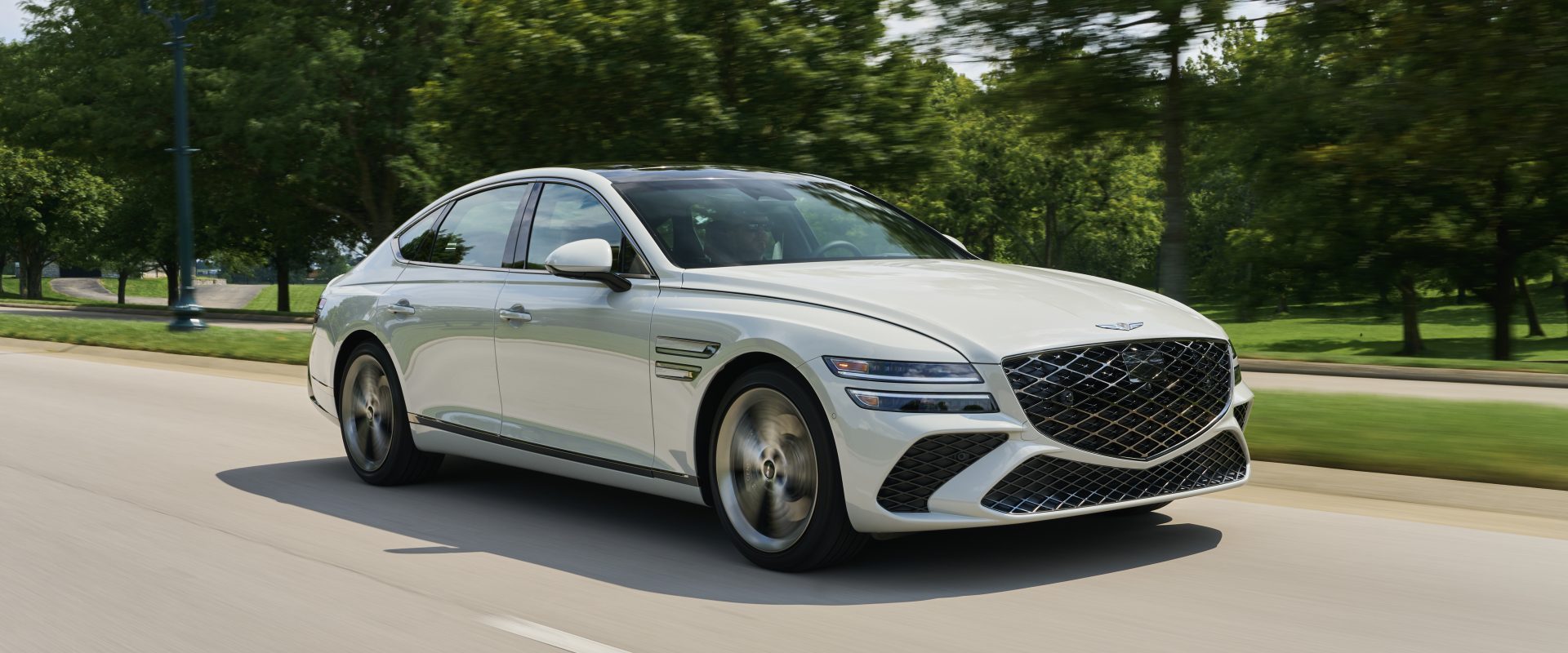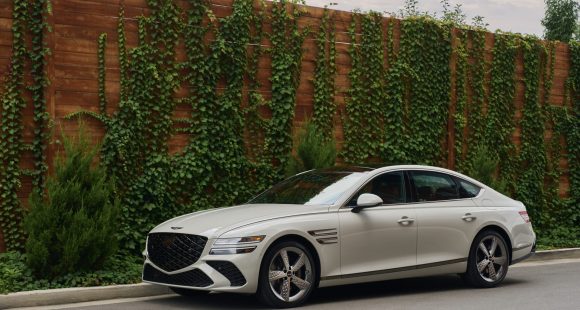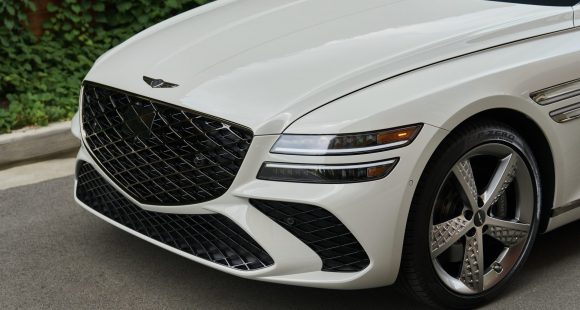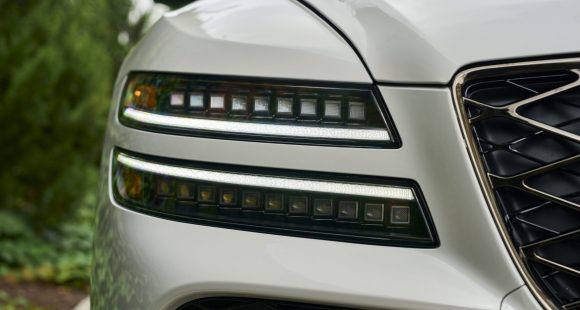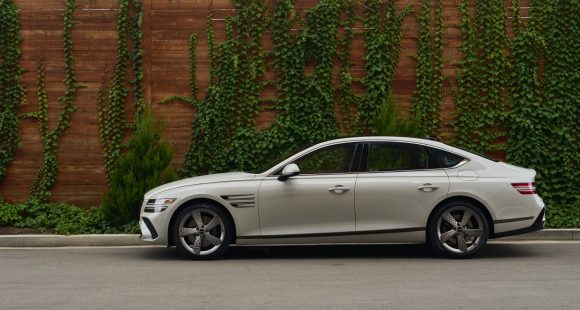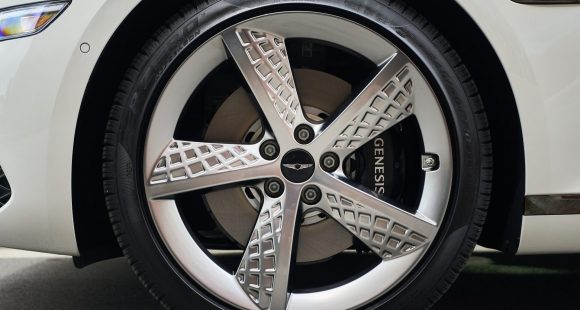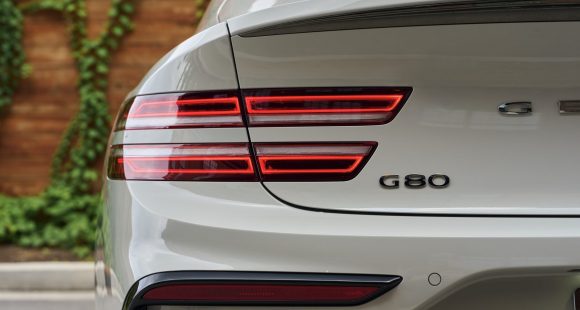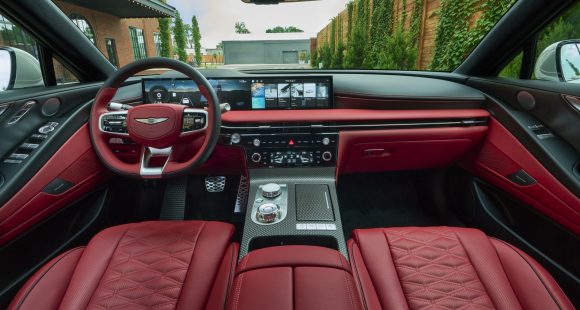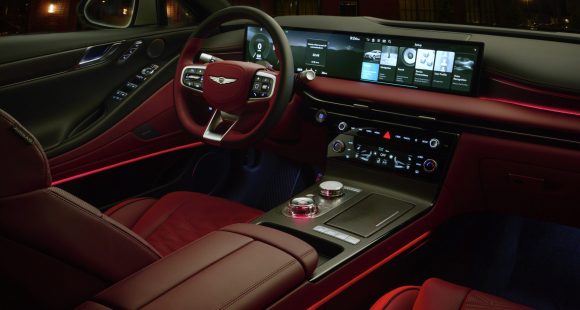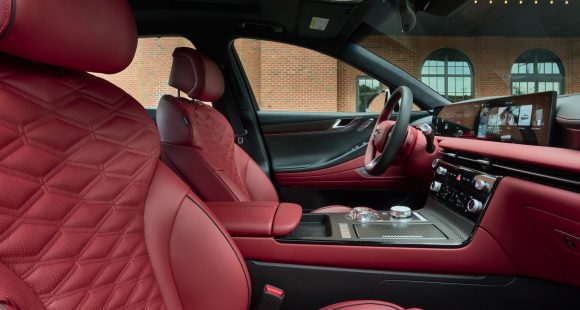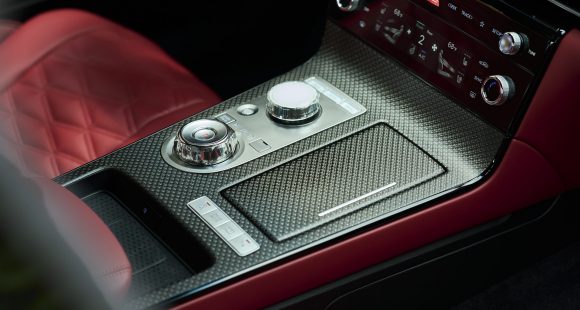2017 Honda Accord Hybrid and Civic Hatchback
Once upon a time choosing a Honda was simple. They offered a small car, the Civic, and a not so small car, the Accord. Boy has that changed. From minivans, to crossovers, to pickup trucks, there is now a Honda body style for just about everyone. Plus they sell powertrains that run on gasoline, electric, and even hydrogen. Well now, Honda is adding two more choices that make full-lineup even fuller.
The stock Honda Accord is already quite fuel efficient for its size, and the updated 2017 Honda Accord Hybrid takes that mantra to a yet higher level.
Honda’s next gen. 2-motor hybrid system with a 2.0-liter I4 engine debuted in the Accord three years ago, but for 20-17 it ticks up horsepower by 2 to 143, with 7-more lb-ft. of torque to 129 lb-ft. With increased electric assist added in, total output climbs 16-horsepower to 212.
This is a full hybrid with three drive modes. In the Hybrid setting, at slower speeds, its e-CVT transmission utilize battery power as much as practical, using the engine more as a charging power generator. Above 60 miles-per-hour however, the gas engine has priority.
Government Fuel Economy Ratings are 49 -City, 47-Highway, and 48-Combined. That’s higher than any four-door of similar size. Our test loop delivered a very realistic 46.6 on Regular grade.
 Plus, you can travel around 750-miles between fill-ups, thanks to a 15.8-gallon gas tank.
Plus, you can travel around 750-miles between fill-ups, thanks to a 15.8-gallon gas tank.
Compared to rival Toyota, the Accord Hybrid has more power than either the Camry Hybrid or Prius; while its fuel economy rating falls in between the two. Likewise, the Accord’s 13.5 cubic-ft. of cargo space puts it above the Camry, yet short of the Prius hatchback’s 27.4.
Hybrid cues on the outside are all in the details; they include blue tinting to lights, unique 17-inch wheels, and an aluminum hood.
Honda Sensing active safety systems are standard.
The driving experience is traditional Accord, which means better than Camry, but no sport sedan. Like all Accords it is super solid, though it’s so quiet in EV-mode, that when the gas engine kicks in at higher speeds, powertrain noise becomes very noticeable as the CVT tries to catch up to engine speed.
Otherwise, the shuffle between power sources is silky smooth; with none of the jerkiness of some rivals. Even the re-gen braking has a very natural feel.
Now for those who are less concerned about maximizing fuel economy, and are looking for a roomier and more versatile Civic compact, Honda has got you covered there too, with the 2017 Honda Civic Hatchback.
 Riding on the same chassis as the Sedan and Coupe; the exterior design is of course unique, and oh so European. In fact it is imported from England.
Riding on the same chassis as the Sedan and Coupe; the exterior design is of course unique, and oh so European. In fact it is imported from England.
Our Sport-trimmed tester had nicely bolstered cloth seats for those up front; and ample head and leg room in the rear.
We also found a manual shifter for the 6-speed transmission. Either it or a CVT comes attached to Honda’s 1.5-liter I4 Turbo that outputs 180-horsepower and up to 177 lb-ft. of torque. LX, EX, and EX-L trims come with a 174-horsepower version.
Max torque arrives fairly early in the rev band, we just wish there was a little more of it; though it sounds very aggressive.
We highly recommend the manual trans; with short and precise throws and clutch feel that would make Goldilocks happy.
If you’re looking for that fun to carry over to corner carving, well you’ll still have to wait for the Si; things are on the “comfortable highway daily driver soft” side here.
Steering lacks on-center feel, but is fairly quick and responsive. Sport trim comes with an 18-inch wheel and tire package, and during our early drive in Northern California, both tire and road noise became an issue after extended time behind the wheel.
 As for hatch-enabled versatility, there’s up to 25.7 cubic-ft. of space behind the split-folding rear seats, that’s 10.6 more than the Sedan’s 15.1 cubic-ft. of trunk space. It maxes out at an almost SUV like 46.2 cubic-ft. with the rear seats folded.
As for hatch-enabled versatility, there’s up to 25.7 cubic-ft. of space behind the split-folding rear seats, that’s 10.6 more than the Sedan’s 15.1 cubic-ft. of trunk space. It maxes out at an almost SUV like 46.2 cubic-ft. with the rear seats folded.
To wrap up this dynamic duo of new Hondas, the Accord Hybrid starts at $30,440, or $7,250 over a base Accord; and you can get EX-L and Touring trims as well.
As for the Civic Hatchback, it starts at $20,535; about a grand more than a base Sedan.
So, if you’re looking for a more fuel efficient 5-passenger family sedan, you’ll find that not only is the 2017 Honda Accord Hybrid now fully completive with the Camry Hybrid and even the Prius; but it raises the bar for no-compromise practical hybrid driving; only the upcoming Honda Clarity plug-in might take it further.
Taking Civic versatility further is the 2017 Honda Civic Hatchback. So, giving buyers more, more, and even more options; seems to be what Honda is all about. And clearly, that’s a winning strategy.
Specifications
- Horsepower: 212
- Torque: 129 lb-ft.
- EPA: 49 mpg city / 47 mpg Highway
2025 Genesis G80
New Interior And New Tech Elevates G80 Sedan
Talk about bad timing. This second-generation G80 debuted at the height of a global pandemic. But that hasn’t stopped Genesis or this Bentley-on-a-budget sedan. In fact, since then, Genesis has unveiled a spectacular all-electric version and now given all G80s a makeover. So, let’s find out what a better and better-timed new G80 is ready to deliver.
Breaking into the luxury sedan scene requires going up against traditional brands with long pedigrees and legions of loyal buyers. But Hyundai has never shied away from a challenge, and has made steady progress with their Genesis brand, and hopes that a revised 2025 G80 midsize sedan will be their next step up.
Styling matters more when you’re the upstart, and the Genesis Athletic Elegance theme changes very little for ’25; just a new grille, slightly reshaped bumpers, new wheels ranging from 18 to 20 inches, and an updated color palette. The G80’s unique two-line LED headlamps get revised Micro Lens Array technology that boosts performance while minimizing the brightness for oncoming drivers.
Changes inside are much more significant with an entirely new dash and console, eliminating both the hooded gauge panel and dashtop wide info screen. Merging them together into one 27-inch wide LG panoramic display than runs from behind the steering wheel to over the center stack. There’s a bigger and more comprehensive control panel in the center stack; while the console gets less armrest coverage, more space for storage, and reshaped cupholders. The wider display is still a touchscreen, but there is also a console mounted controller if you prefer to keep it fingerprint free. Both options work well, but the controller is still too easy to confuse with the dial-like shifter.
Materials are on par if not a notch above most European luxury rivals, and there are 18 speakers to crank out 1,400 watts of premium sound from Bang & Olufsen. Top Sport Prestige trim comes with Nappa leather seats, carbon fiber trim, micro-suede materials for the headliner and pillar covers, heated armrests, head-up display, and upgraded active safety features. Front seats are immensely comfortable without feeling overly soft, and there’s plenty of comfort and room for adults in the back seat.
More Bentley than Benz; streaking down the track with European-style solidity that gives you very little indication of the high speed you’re traveling at.
Same powertrains as last year. Base power comes from a 300-horsepower 2.5-liter turbo-four; the upgrade is this 3.5-liter twin-turbo V6 that outputs 375 horsepower and 391 lb-ft of torque. Both are hitched to standard all-wheel drive. At our Mason Dixon Dragway test track, the AWD delivered enough grip for consistent slip-free launches. We hit 60 in 5.0 seconds flat. Run after run, the 3.5T pulled as strong as it sounds. All G80s work with the same paddle-shift eight-speed automatic transmission, and while shifting was silky smooth on the street, here on the track with Sport Mode and wide-open throttle they were noticeably firmer and quicker.
It was a very surreal experience in the cabin. More Bentley than Benz; streaking down the track with European-style solidity that gives you very little indication of the high speed you’re traveling at. For us, that was 105 mph in 13.4 seconds at the quarter. In addition to the G80’s Sport Mode that tightens steering, improves throttle response, adjusts shifting points, firms up the suspension, and reconfigures stability system parameters; Sport Prestige trim adds rear-wheel steering and an electronic limited slip differential. But, even with all of that, it didn’t feel overly sporty in our handling course. Now, we were able to comfortably carry quite a bit of speed through the cones, but there was just an overall soft, somewhat disconnected and heavy presence that had us unsure of how hard we could push. Sport Prestige also adds upgraded performance brakes. They were plenty capable, bringing this 4,600-lbs. luxury liner consistently down from 60 in just 104 feet with little fade.
Government Fuel Economy Ratings for the six-cylinder are 16 City, 24 Highway, and 19 Combined. We averaged a good 21.3 mpg of Premium. Still, that’s a slightly below average Energy Impact Score, using 15.7 barrels of oil annually with 7.8 tons of CO2 emissions.
Considering the amount of luxury packed into the G80, its $58,350 starting price, even though slightly higher than last year, remains pretty remarkable. It’s a substantial step up to the 3.5T though, as it begins at $70,850.
Genesis has existed as a standalone luxury brand for just less than a decade, and it has indeed been making steady progress into what is surely the hardest segment of all to master. The 2025 Genesis G80 sedan continues to impress and is a great option for luxury-minded buyers who prioritize true value over badges.
Specifications
As Tested
- Engine: 3.5-liter twin-turbo V6
- Transmission: eight-speed automatic
- Horsepower: 375
- Torque: 391 lb-ft
- EPA: 16 City | 24 Highway | 19 Combined
- 0-60 mph: 5.0 seconds
- 1/4 Mile: 13.4 seconds at 105 mph
- Braking, 60-0 (avg.): 104 feet
- MW Fuel Economy: 21.3 mpg (Premium)







